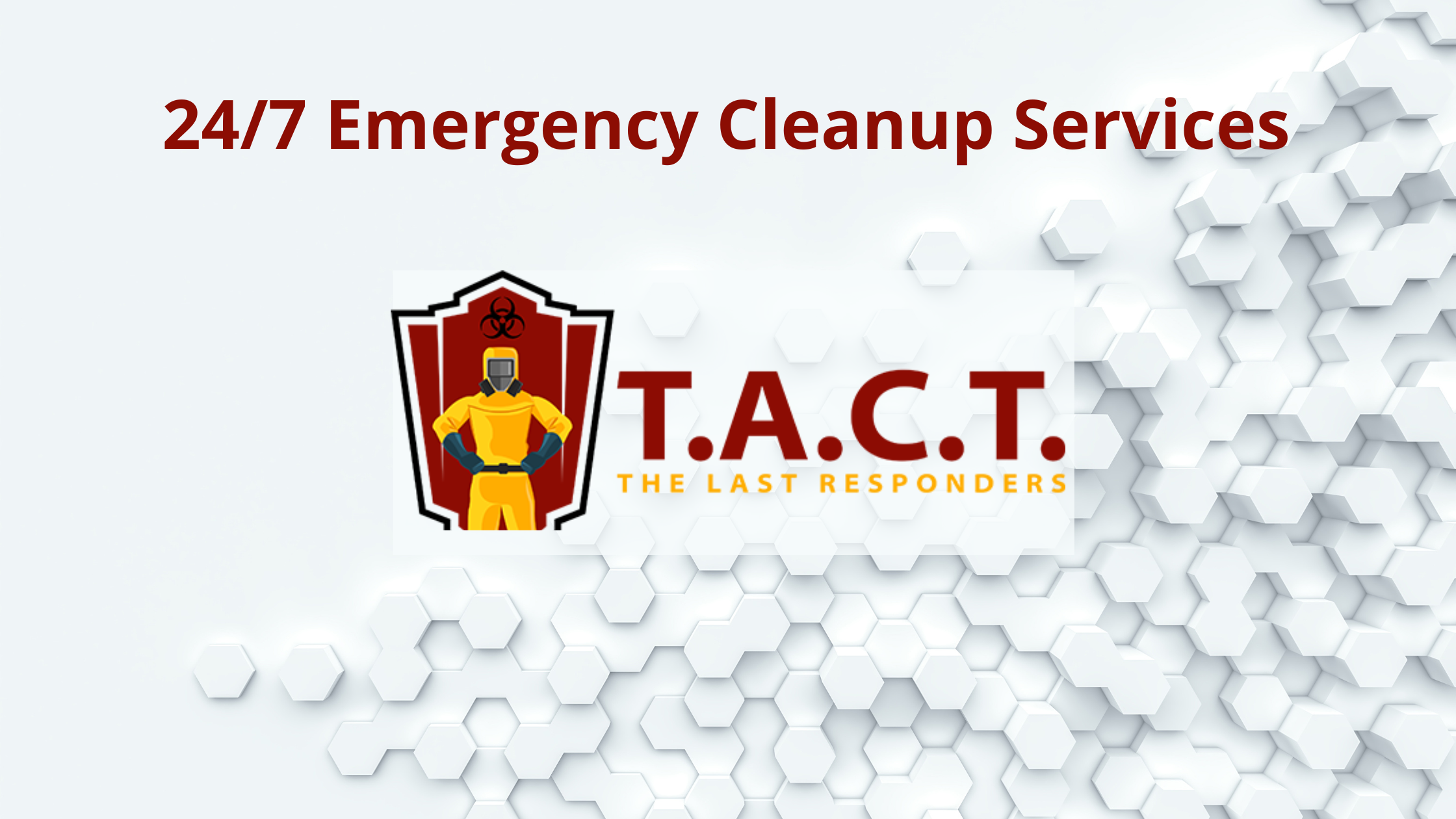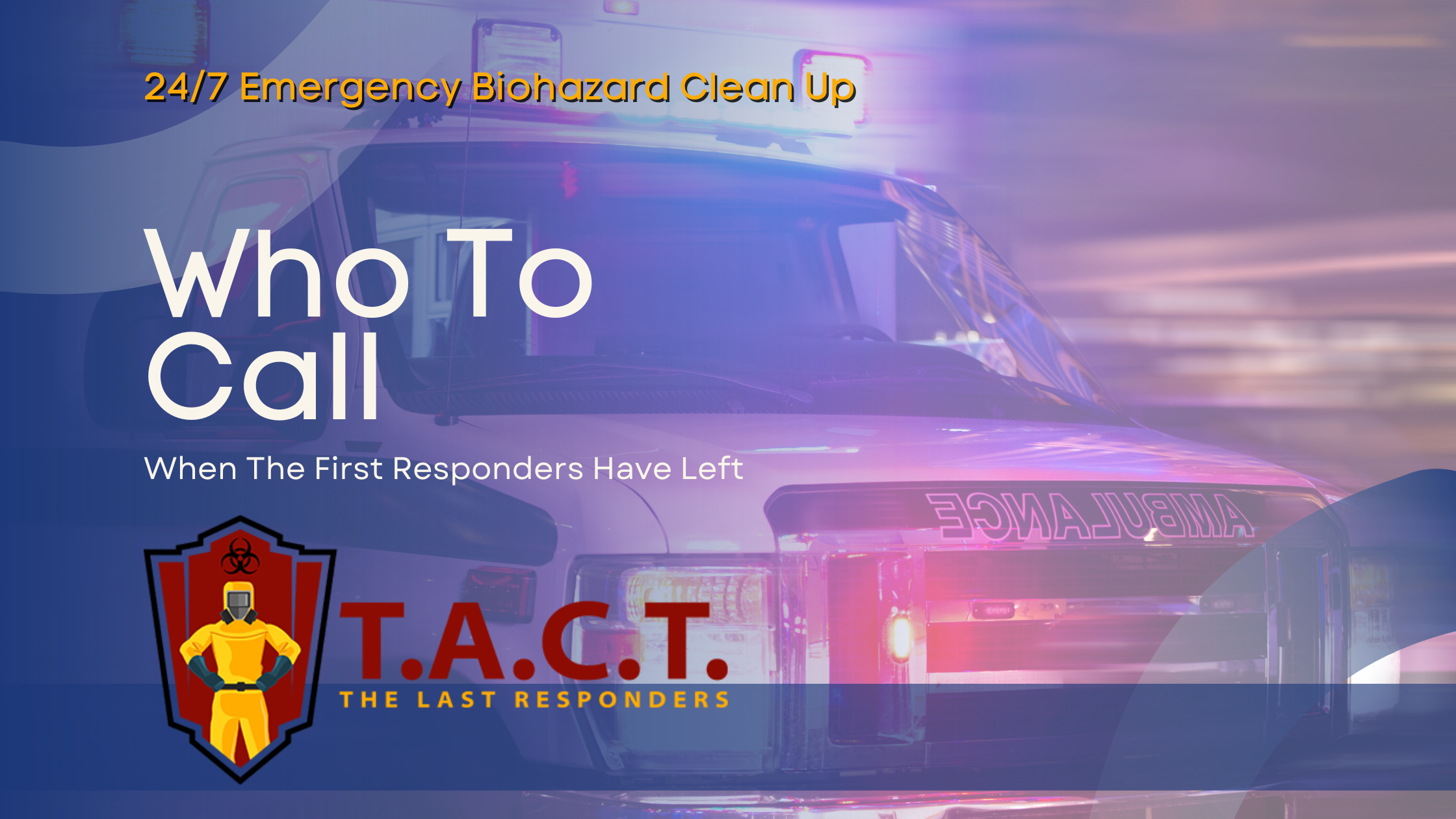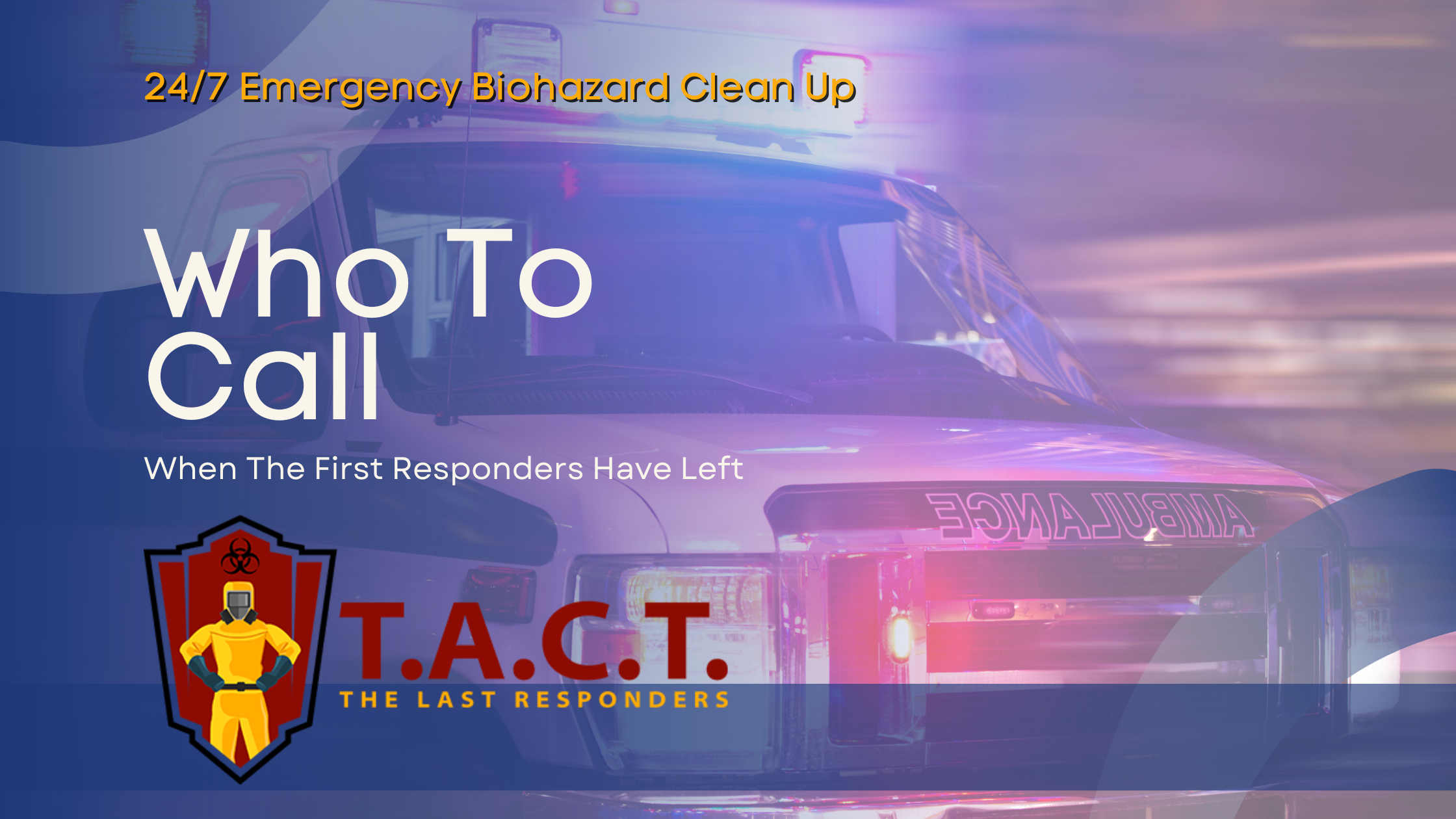How to Find the Right Specialist for Hoarding & Clutter Issues

Finding the Right Hoarding Specialist for Clutter Challenges
Living with excessive clutter can feel overwhelming, isolating, and emotionally exhausting. Whether you’re personally struggling with severe disorganization or supporting a loved one who faces these challenges, finding qualified professional help is crucial for recovery and long-term success.
Clutter challenges exist on a spectrum, from chronic disorganization to hoarding disorder—a recognized mental health condition that affects millions of people worldwide. Hoarding disorder can significantly affect an individual's physical and mental well-being, as excessive clutter may interfere with daily life and emotional health. The path to recovery requires specialized knowledge, compassion, and evidence-based approaches that address both the physical clutter and underlying emotional factors.
This comprehensive guide will help you identify qualified specialists, understand what treatment involves, and take the first steps toward reclaiming your living space and peace of mind. With the right professional support, even the most challenging clutter situations can be successfully addressed.
Understanding Hoarding Disorder
Hoarding disorder is a mental health condition characterized by persistent difficulty discarding possessions, regardless of their actual value. This leads to severe clutter that compromises living spaces and significantly interferes with daily functioning. The condition goes far beyond simple messiness—it involves complex emotional attachments to possessions and intense distress when faced with discarding items.
Also known as compulsive hoarding, this disorder is often associated with obsessive-compulsive disorder (OCD), though it’s now recognized as a distinct condition in the Diagnostic and Statistical Manual of Mental Disorders (DSM-5). The International OCD Foundation provides extensive resources and support for individuals affected by hoarding behavior, helping to reduce stigma and promote understanding.
The population affected by hoarding disorder is remarkably diverse, spanning all ages, socioeconomic backgrounds, and education levels. Symptoms can range from mild difficulty with organization to severe impairment where basic activities like cooking, sleeping, or moving through the home become impossible. Some individuals focus on specific categories of items, while others struggle to discard anything. Genetics may play a role in the development of hoarding disorder, as research suggests a hereditary component can contribute to the condition.
Hoarding behaviors can often begin in childhood, and early experiences or learning environments may influence the later development of the disorder.
Understanding hoarding disorder as a legitimate medical condition—rather than a character flaw or lifestyle choice—is crucial for developing effective treatment strategies. This perspective helps both the person affected and their families approach recovery with appropriate expectations and compassion.
Qualifications and Specialist Certificate to Look For
When seeking professional help for clutter challenges, specific qualifications indicate genuine expertise in this specialized field. A qualified specialist should hold relevant certifications that demonstrate their training and commitment to best practices.
The Institute for Challenging Disorganization offers specialist certificates that represent the gold standard in this field. Professionals pursuing these credentials must complete at least six hours of general education in chronic disorganization, demonstrate hands-on experience, and stay current with research-based approaches. As part of the certification process, candidates are required to read multiple books related to hoarding or chronic disorganization. Specifically, certification requires reading at least four books related to the field. In addition, candidates must complete classes as part of their training. The certification process is exam based, requiring candidates to pass a formal assessment after completing the educational requirements. They’re also required to read foundational literature on hoarding and maintain ongoing education.
Professional organizers with specific expertise in hoarding behavior can provide invaluable practical support. However, not all organizers are equipped to handle severe clutter situations. Look for those who explicitly advertise hoarding specialization and can demonstrate relevant training and experience.
The most effective approach often involves a collaborative team of experts. This may include mental health therapists trained in hoarding-specific interventions, specialized professional organizers, and sometimes additional professionals like social workers or occupational therapists. Each team member brings unique skills that address different aspects of the recovery process.
When evaluating potential specialists, ask about their specific training, experience with cases similar to yours, and approach to treatment. Qualified professionals will be transparent about their credentials and comfortable discussing their methodology.
Causes and Effects You Should Know
Hoarding disorder typically results from a complex interplay of genetic, environmental, and psychological factors. Research suggests a genetic component, as the condition often runs in families. Brain imaging studies have also identified differences in brain structure and function among individuals who hoard.
Environmental factors can include traumatic experiences, significant losses, or growing up in a chaotic household. Some individuals who hoard develop these behaviors after experiencing homelessness, poverty, or other situations where possessions represented security and survival.
Psychological factors often involve difficulties with decision-making, categorization, and emotional regulation. Many individuals with hoarding disorder experience intense anxiety when faced with discarding decisions, leading them to avoid these situations altogether. Dealing with hoarding behaviors requires compassion and a structured approach to support change. Over time, this avoidance reinforces the problem and increases clutter accumulation.
The effects of severe clutter extend far beyond aesthetics. Health and safety risks include fire hazards, structural damage to homes, pest infestations, and difficulty accessing medical care in emergencies. Addressing these risks does not necessarily mean discarding all possessions at once; gradual steps are often more effective. Some individuals are unable to make progress due to strong emotional attachments to their belongings. Social isolation often develops as individuals become too embarrassed to invite others into their homes or maintain relationships.
Financial consequences can be significant, including property damage, difficulty selling homes, potential eviction, and continued purchasing despite lack of storage space. Mental health impacts include increased depression, anxiety, and feelings of shame or hopelessness. Individuals may forget the risks associated with hoarding, making ongoing awareness and support essential.
Understanding these complex causes and wide-ranging effects helps explain why effective treatment requires specialized knowledge and a multifaceted approach addressing both practical and emotional aspects of the condition.
The Role of Emotional Attachment
Emotional attachment is at the heart of hoarding disorder, shaping the way individuals relate to their possessions and making the process of decluttering especially challenging. For many people affected by hoarding behavior, objects are far more than just things—they represent memories, comfort, identity, or even a sense of safety. This deep emotional connection can make it incredibly difficult to let go, even when possessions no longer serve a practical purpose or begin to interfere with daily life.
Often, the act of saving items is driven by a fear of loss, a sense of responsibility, or the worry that something might be needed in the future. Compulsive acquiring—bringing new items into the home, whether through shopping, collecting, or even picking up free objects—can also be fueled by the hope of finding value or meaning in each new possession. Over time, these behaviors can lead to overwhelming clutter and a loss of control over the living environment.
Addressing emotional attachment is a crucial part of effective treatment for hoarding disorder. Cognitive-behavioral therapy (CBT) is one of the most widely used approaches, helping individuals recognize the thoughts and feelings that drive their attachment to possessions. Through therapy, people learn strategies to challenge these beliefs, manage anxiety, and gradually practice letting go in a supportive setting. The International OCD Foundation offers resources and guidance for those seeking help, emphasizing the importance of specialized support.
Professional organizers with a specialist certificate in hoarding and chronic disorganization can also play a vital role. These experts are trained to work with clients at their own pace, using empathy and practical tools to help them make decisions about their possessions. By creating a non-judgmental environment and focusing on small, manageable steps, organizers and therapists together support clients in developing healthier relationships with their belongings.
It’s important to remember that emotional attachment in hoarding disorder is not simply a matter of stubbornness or lack of willpower. It is a symptom deeply rooted in a person’s mental health and life experiences. Approaching individuals with empathy, patience, and understanding is essential for building trust and encouraging progress. With the right treatment, support, and environment, people with hoarding disorder can learn to manage their emotional attachment, reduce clutter, and improve their overall health and quality of life.
Supporting Affected Individuals
Supporting someone with hoarding challenges requires patience, empathy, and education about the condition. Family members and friends often feel frustrated, confused, or angry about the situation, but approaching with judgment or ultimatums typically backfires and can damage relationships.
The most important principle is avoiding any attempt to force confrontation with the clutter before the individual is ready. Throwing away possessions without permission, issuing ultimatums, or making threats typically increases anxiety and can worsen hoarding behaviors. Instead, focus on expressing concern for their health, safety, and well-being.
Education about hoarding disorder helps family members understand that this is a medical condition requiring professional treatment, not a choice or moral failing. Learning about the condition reduces blame and increases compassion, creating a more supportive environment for recovery.
Practical support might include helping research qualified professionals, accompanying loved ones to appointments, or assisting with small, manageable steps when the individual is ready. However, family members shouldn’t attempt to serve as primary treatment providers or take responsibility for the recovery process.
Support groups and online community resources provide valuable connections for both individuals with hoarding disorder and their families. These community-based resources offer practical advice, emotional support, and hope from others who understand the challenges. The International OCD Foundation and other organizations maintain directories of local support groups and online resources.
Remember that recovery is a process that takes time, and setbacks are normal. Maintaining your own emotional well-being while supporting a loved one is essential and may require your own counseling or support group participation. Dedicated professionals and support networks play a crucial role in helping individuals with hoarding disorder work toward lasting change.
What to Expect from a Specialist
A qualified hoarding specialist will begin with a comprehensive assessment to understand the severity of the clutter, underlying factors contributing to the problem, and the individual’s readiness for change. If you or a loved one is struggling, it is important to seek professional help for hoarding disorder. This evaluation considers physical safety, mental health symptoms, and functional impairment in daily activities.
The assessment process should feel collaborative rather than judgmental. Specialists understand the shame and anxiety often associated with hoarding disorder and will approach the situation with respect and professionalism. They’ll ask about the history of clutter accumulation, previous attempts at organization, and current goals for treatment.
Based on this assessment, the specialist will develop a personalized treatment program designed to address both immediate safety concerns and long-term recovery goals. This program might include cognitive-behavioral therapy specifically designed for hoarding disorder, gradual exposure to discarding decisions, and practical organizing strategies.
Treatment typically progresses in stages, often beginning with creating safe pathways through the home and addressing urgent health or safety issues. As individuals build confidence and develop decision-making skills, the focus shifts to more comprehensive decluttering and developing systems for maintaining progress.
Many specialists use a harm-reduction approach, recognizing that perfection isn’t the goal—meaningful improvement in safety and functioning is. They’ll work at a pace that feels manageable while still encouraging progress toward established goals.
Expect regular check-ins, homework assignments between sessions, and ongoing support as you navigate challenges. Quality specialists will also provide a range of services, such as workshops, home-based interventions, or referrals to other professionals as needed, including therapists for mental health treatment or professional organizers for hands-on assistance.
Taking the First Steps Forward
Overcoming clutter challenges requires courage, commitment, and professional support, but recovery is absolutely possible. The first step involves acknowledging that the situation has become unmanageable and that professional help is needed—a significant milestone that demonstrates strength, not weakness.
Begin by researching qualified specialists in your area who have specific training in hoarding disorder or chronic disorganization. Contact your insurance provider to understand coverage for mental health treatment, as therapy for hoarding disorder may be covered under mental health benefits.
When reaching out to potential specialists, don’t be afraid to ask questions about their experience, approach, and what treatment involves. Most qualified professionals offer brief consultations to determine if they’re a good fit for your situation and needs.
Prepare for the journey by educating yourself about hoarding disorder through reputable resources like the International OCD Foundation and experts such as Dr. David Tolin, who is nationally recognized for his work in hoarding disorder treatment. Understanding the condition helps normalize your experience and provides realistic expectations for recovery.
Consider involving trusted family members or friends in your support system, but remember that recovery is ultimately your responsibility and journey. Professional treatment provides the expertise and guidance needed to address this complex condition effectively.
Recovery takes time and involves setbacks along with progress. With qualified professional support, evidence-based treatment approaches, and your commitment to change, you can reclaim your living space and improve your quality of life. The first call to a specialist is often the hardest step—and the most important one toward lasting change.
Meta data
Meta title
How to Find the Right Specialist for Hoarding & Clutter Issues
Meta description
Struggling with severe clutter or hoarding? Learn how to find qualified specialists with proper credentials to help you reclaim your space safely.



